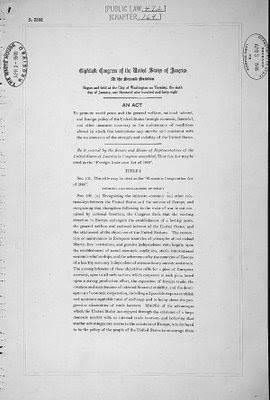 What is the worth of a million pound banknote?,well you would be surprised but its only worth 78,300 Pounds or $US138,624 which is only 1/12 of its face value.However the mention of a million pound note would seem unreal as we all know the highest denomination in circulation is 50 pounds by the Bank of England,but it does exist and it was recently sold recently in at auction by Spink.
What is the worth of a million pound banknote?,well you would be surprised but its only worth 78,300 Pounds or $US138,624 which is only 1/12 of its face value.However the mention of a million pound note would seem unreal as we all know the highest denomination in circulation is 50 pounds by the Bank of England,but it does exist and it was recently sold recently in at auction by Spink.  Bank of England
Bank of EnglandThere were only 9 pieces numbering from 000001 to 000009 and they were produced in a period of six weeks.The note bears the signature of E E Bridges in the lower right hand corner and is cancelled over the signature and stamped 6 October 1948, Bank of England. The eight-inch-wide green note was issued by the Treasury on August 30, 1948, in connection with the Marshall Aid Plan after the Second World War.The banknote sold was one of two in existence and the serials are 000008 and 000007. Number 000007 was sold by Spink through a private sale for 8,000 pounds in 1977, when the note was listed by the Guinness Book of Records as being the highest denomination in private ownership.The one recently sold was numbered 000008.This note was sold by businessman Bill Parkinson who has spent 50 years amassing a stunning collection of 253 vintage bank notes which he is now selling as his three children sadly were not interested in banknotes.
 (Map of Cold-War era Europe and the Near East showing countries that received Marshall Plan aid. The red columns show the relative amount of total aid per nation.)
(Map of Cold-War era Europe and the Near East showing countries that received Marshall Plan aid. The red columns show the relative amount of total aid per nation.)How did this note came to be produced?, The Marshall Aid Plan, named after its architect, American Secretary of State George Marshall, was the programme of funding given to Western Europe by America between 1948 and 1951. America ploughed billions of dollars into Western Europe whose recovery from the 1939-1945 war had been slower than expected.
 George Marshall
George MarshallThe U.S. gave the huge loan to the Bank of England in a bid to prop up the ailing economy at the time. The nine £1 million notes were shared around the financial institutions and were used to loan money against. The deal has startling similarities to today's global financial crisis, except in this case the bank had to pay the money back.Although the nine notes were canceled just two months later in October 1948,Britain had only finished paying the debt recently about 60 years after the note was issued.
Britain wasn't alone in receiving funds under the Marshall Aid plan. From 1948 to 1951 the US loaned seven billion pounds - about 100 billion pounds in today's money - to western European countries. The US was happy to loan the money at the time as it took the view that a strong western Europe was needed to act as a buffer to contain the rise of communism in Russia.
 First page of the Marshall plan
First page of the Marshall planBarnaby Faull, director of banknotes at Spink, said the note was on Bank of England watermarked paper. "It was issued in connection with the Marshall Aid plan and was intended for internal use between financial institutions as a way of tracking money. "The notes were in use for only a period of six weeks and were not meant for public circulation. "It is one of the rarest examples of British currency around today and is the highest denomination note." Two of them, numbers 000007 and 000008, the latter of which is being offered for sale, survived, as they were presented as mementoes to the respective American and British Treasury Secretaries. The others were destroyed.
No comments:
Post a Comment